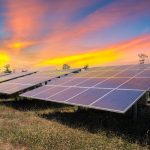Solar Production- Which Location Is Best For Solar Panels In Your Home
The installation of solar panels in homes for best production, require the consideration of several factors or variables. For example, how much power each panel will produce, what should be the size of system or how many panels are needed. But apart from this, best direction or location for solar panels is extremely important. For the best production of power, the direction of solar panels on rooftop is a major factor.
As solar panels work on the phenomenon of converting solar energy into DC Electricity. The panels should face the sun at perfect angle for best production. In simple words, the more the light on panels from sun, the more electricity will be produced.
The Orientation Of Solar Panels
The solar energy from sun mostly arrives in a straight line. Solar array or solar panel is able to capture more amount of energy if it is placed directly at sun, i.e. perpendicular to straight line between solar panels and the sun.
Solar panels should be placed towards terrestrial equator i.e. facing North in Southern Hemisphere and South in Northern Hemisphere. In this way, during day time this orientation permits the solar panels to capture the maximum amount of solar energy.
Several ways are available to attain the required orientation for panels.
- One way is to set the solar array or panel in south or north by using ‘compass’. or
- Evaluate central angle between winter and summer azimuth settings. or
- For more precision, place the solar array relative to central solar noon.
The solar noon denotes the peak position of the sun across the sky which is not similar to midday (12:00 o’clock noon). Normally, solar noon happens between 12 PM to 2 PM depending upon different locations.
Another important factor while aligning and positioning solar array is that none of the solar panel parts should be placed in shaded area as 100% of solar radiation is required for maximum efficiency and for maximum output power. Elements around panels like buildings, trees, other panels or wall etc., should be checked that they should not cast any shadow on array in any time of the day or year.
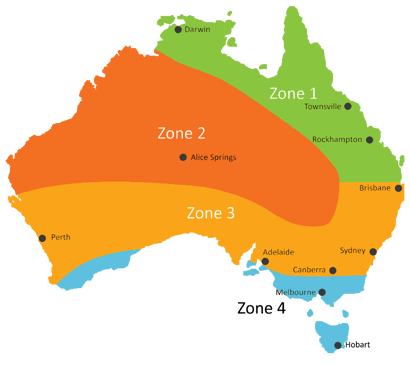
Solar Panel Efficiencies at Different Orientation
Considering a 5KW solar system, having a pitch of 10° tilt angle
- Power Production in North Orientation
A solar system operating at the optimal pitch of 10® facing North have the maximum production of solar power in the location of Gold Coast as panel will catch the maximum amount of sunlight.The efficiency rate at lower pitch of 10o is around 95%. In summer season, when the sun is at its peak, a solar system at this pitch will generate the maximum power.
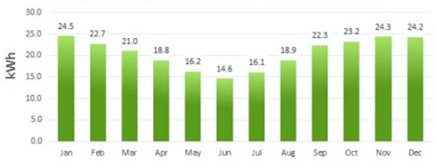
- Power Production in North-North East NNE / North-North West NNW
Solar panels placed in NNE or NNW at the lower pitch of 10o will have the same efficiency of 95% as solar array facing North at angle 10o. In areas around Brisbane and Gold Coast, a solar system facing due NNW or NNW will operate very well. But solar system due North actually outperform in months of summer.
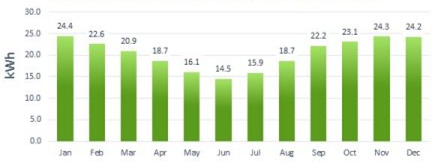
- Power Production in North East NE / North West NW
Systems installed at North East NE or North West NW at a pitch of 10o, have the efficiency around 94%.If dealing with larger solar systems, it is best to install half part of the solar panels in NE direction and other half in NW direction. In this way, maximum amount of solar energy can be captured as solar peak at noon will be somewhat longer.
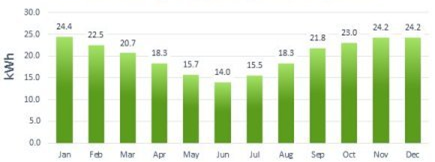
- Power Production in East or West
Solar systems facing due East or West at lower pitch of 10o to 20o, will in fact perform well, having an efficiency of 95%. The losses faced by solar system due East or West are not distributed evenly over a year. During summer season, a solar power system facing East or West, will generate almost the same power as a system facing North.
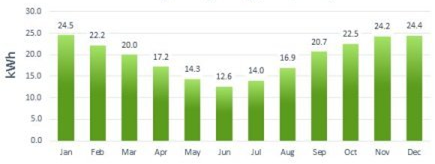
- Power Production in South of East or West
Solar power systems installed at South of East or West are not suitable as amount of losses in winter season is very high. At a lower 10o pitch, the rate of efficiency is about 85% and it decreases dramatically if pitch angle is increased.
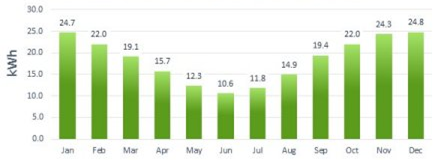
References
- https://getsimplesolar.com/direction-solar-panels-face/
- https://www.geogreenpower.com/blog/a-guide-for-where-to-place-your-solar-panels/#/
- https://www.vivintsolar.com/learning-center/best-direction-for-solar-panels
- https://www.alternative-energy-tutorials.com/solar-power/solar-panel-orientation.html
- https://www.greenmatch.co.uk/solar-energy/solar-panels
- https://medium.com/@solarify/which-direction-must-solar-panels-face-and-what-angle-should-they-be-tilted-at-7242c671e4b9
- https://sinovoltaics.com/learning-center/system-design/solar-panel-direction-what-direction-should-solar-panels-face/
- https://solarcalculator.com.au/solar-panel-orientation/

